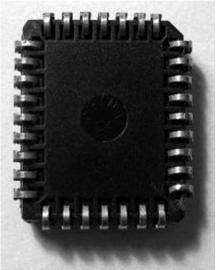type="html">
The BIOS controls the basic functioning of the various input/output devices connected or integrated within the system. Without the BIOS, the computer's main processor would not have the ability to communicate with or operate other pertinent components of the system. Enabling and adjusting the power management settings within the BIOS reduces power consumption and gives you control regarding how the computer operates when not in use.
1). Turn the computer on and enter the BIOS menu. Depending upon your particular computer or BIOS version, you have to press a certain key to gain access to the BIOS menu. Pay close attention to the display screen during the startup process, to determine the correct key. Alternately, consult your user manual or see Resources for a link of key combinations by manufacturer.
3). Navigate to the appropriate power management options, using your keyboard. In most cases, highlighting a specific power management item produces an expanded explanation of the option.
4). Enable or adjust the appropriate power-management options, according to your needs. Save the settings and exit the BIOS menu. After saving and exiting the BIOS menu, the computer restarts.

No comments:
Post a Comment